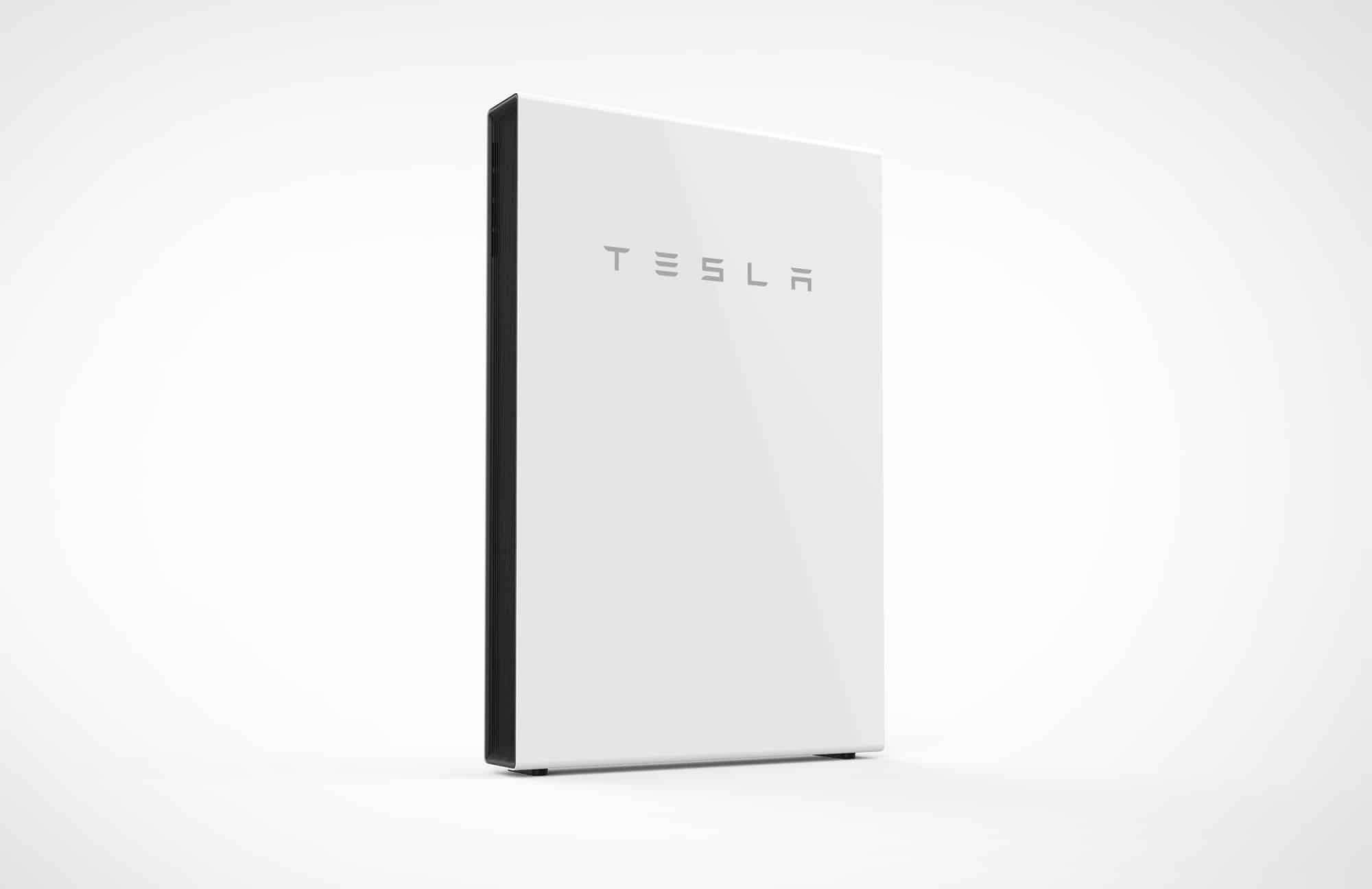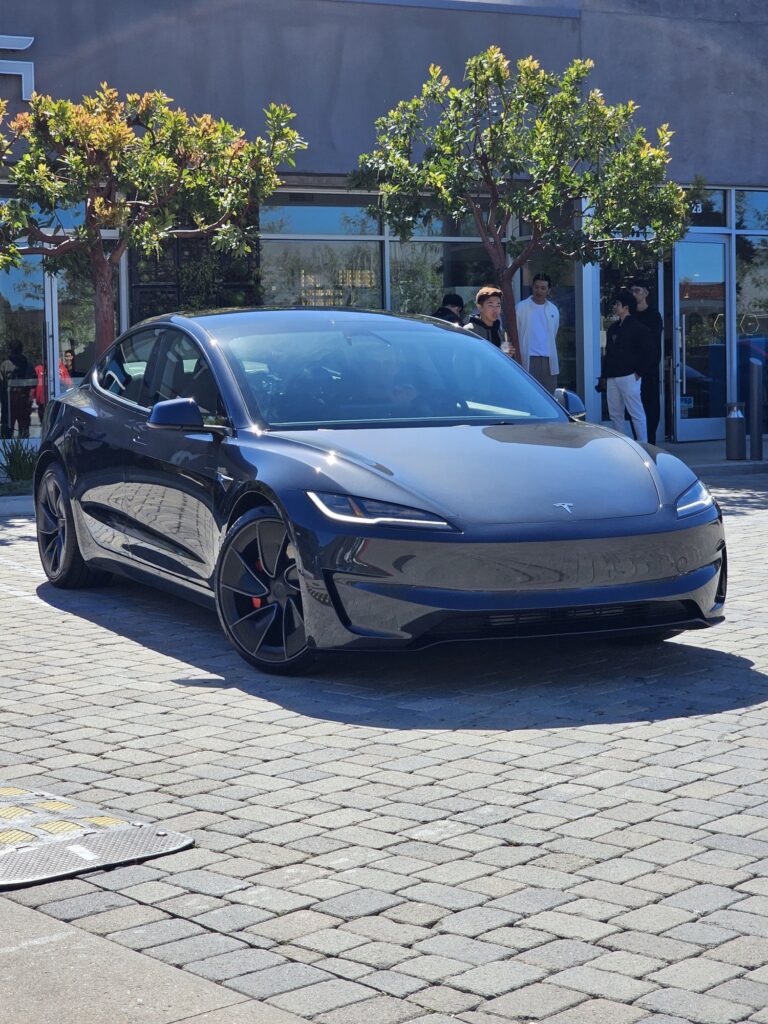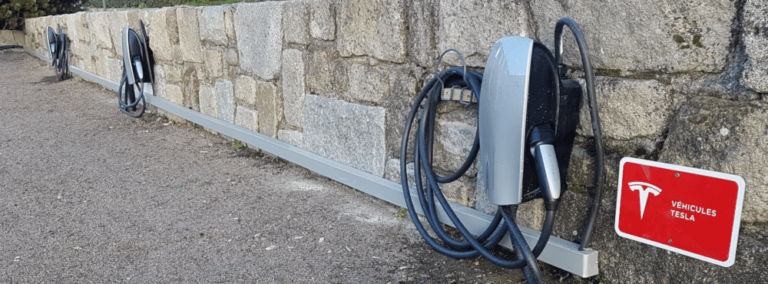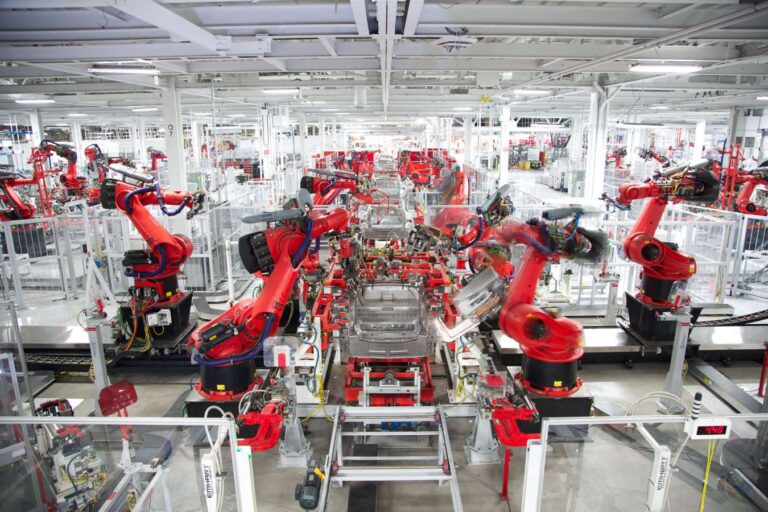Tesla Powerwall for Dummies
The Tesla Powerwall is a product marketed by Tesla Energy. What is the point of such a product? Store energy to redistribute it to efficient slots for your home or business.
Where to find the Tesla Powerwall?
This is the question that interests many people and yet it is not yet available in France! According to our information, the product is still undergoing approval. If you see it in France, it is most certainly an import from Belgium.
Do you want to install solar panels at the best price?
Should we buy the Tesla Powerwall?
A few weeks ago, Tesla announced a home battery, the Powerwall. The excitement having subsided, it is time for us to answer a few questions and take stock.
Why want a battery for your home?
This is surely the first and most important question that comes to mind when we think about Tesla Powerwall. In short, a battery allows you to be less dependent on the electricity network. So, if you generate renewable electricity at home (solar, wind, etc.), the battery allows you to store this energy to reuse it later, mainly at night when production stops. The battery also allows reduce the electric billand relieves the network.
In fact, it allows you to charge at night, when prices are lower, and use energy stored during the day when demand is high. It’s a win-win, you pay less, and the electricity network is less stressed.
We had the pleasure of exclusively interviewing a Tesla and Powerwalls owner a few months ago. This is an article that we wanted to keep in English.
Why would the Powerwall be different from other batteries?
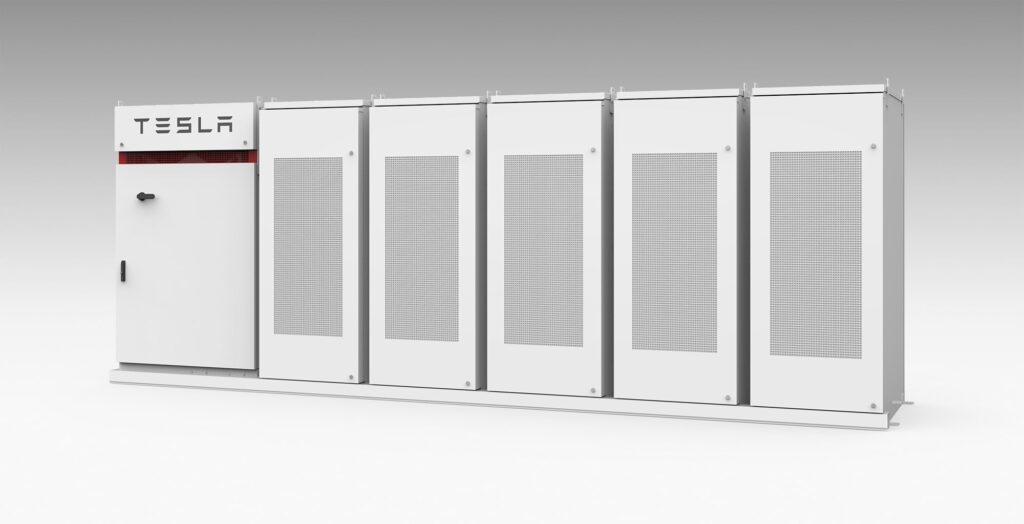
We have always had the option of having household batteries. The most common way was to use a lead acid battery, like those in our cars. It wasn’t that simple, since you had to connect a large number of elements together, and when one element was discharged, you had to replace it with a charged one.
In addition, to obtain sufficient capacity, you had to spend a lot of moneyit wasn’t very pretty, it took up a lot of space and you had to have a minimum of knowledge to take care of it.
The Powerwall seems to want to make this technology more “domestic”, in any case more practical and much more aesthetic. It is mounted on the wall and you do not need to work on the elements that make up this battery.
And to top it all off, the price of a battery is reasonable, since it is between $3000 and $3500but if the power is not enough, it is possible to pair up to 9 elements.
So you just need to buy this battery to power your house?
Actually no, at home we have alternating current, whereas a battery only delivers direct current. This means that you will need to equip yourself with a device, called a direct-alternating converter, in order to convert the current from one type to another.
Thus, to power many domestic devices, the battery will deliver direct current, which will be converted into alternating current by the converter, to be transformed into direct current by your device.
It’s illogical, but it works like that, alternating current being easier to transport, this is the solution that was chosen, but storage is only possible with direct current, so you have to juggle with these two types of current.
In short, this battery, already out of stock, is only one element of a system that is quite expensive to put in place. The first buyers should be owners of solar panels or wind turbines, who already have part of the necessary installation, as well as people who regularly have power supply problems.
For others, the reflection should take a little longer, taking time to take stock of the advantages and disadvantages.
Update: Tesla Powerwall 3
Tesla recently unveiled the Powerwall 3, a major update to its residential battery. This new version offers a increased power output of 11.5 kWh continuously, compared to the 7 kWh peak of the Powerwall 2. In addition, the Powerwall 3 can be associated with other units of the same generation, up to a maximum of three units, thus offering capacity total of 40.5 kWh.
Integrated design and increased resistance
One of the main innovations of the Powerwall 3 is its integrated design. Unlike previous versions, the Powerwall 3 integrates the previously separate inverter directly into the battery. This integration should not only simplify installation, but also increase the durability of the whole. Additionally, although it has not yet received IP certification, the Powerwall 3 is flood resistant up to a height of 61 cm.
Availability and outlook
The Powerwall 3 should be available in the United States from 2024. However, its availability in France remains uncertain, given that the Powerwall+ version is still not available in France more than three years after its release in the United States.
Tesla Powerwall FAQ: understand everything
What is the Tesla Powerwall?
A: The Tesla Powerwall is a rechargeable home battery that stores electricity for off-grid residential or backup use. It is designed for use with a solar system, but can also store energy from the electrical grid.
A: The Powerwall captures and stores electrical energy produced by solar panels or drawn from the electricity grid. This energy is then available for use at night or during power outages, thereby optimizing the use of renewable energy and reducing dependence on the grid.
How long does the Tesla Powerwall battery last?
A: The Tesla Powerwall has a capacity of 13.5 kWh and can provide backup power for several hours, depending on the home load. In daily use, it can power an average home for approximately 12 to 24 hours depending on the devices used.
Does the Tesla Powerwall work during a power outage?
A: Yes, one of the key features of the Powerwall is its ability to provide electricity during a power outage, ensuring uninterrupted power to essential appliances and lighting.
How much does a Tesla Powerwall cost?
A: The cost of a Tesla Powerwall generally varies between 10,000 and 15,000 euros, including installation. This price can vary depending on several factors, including installation costs and the requirements of the home’s electrical system.
A: The Powerwall does not require much maintenance. However, it is important to ensure that the unit is installed in a temperature-controlled location, free from dust and excessive humidity, and to regularly check that the interface and connections are clean and in good condition.
